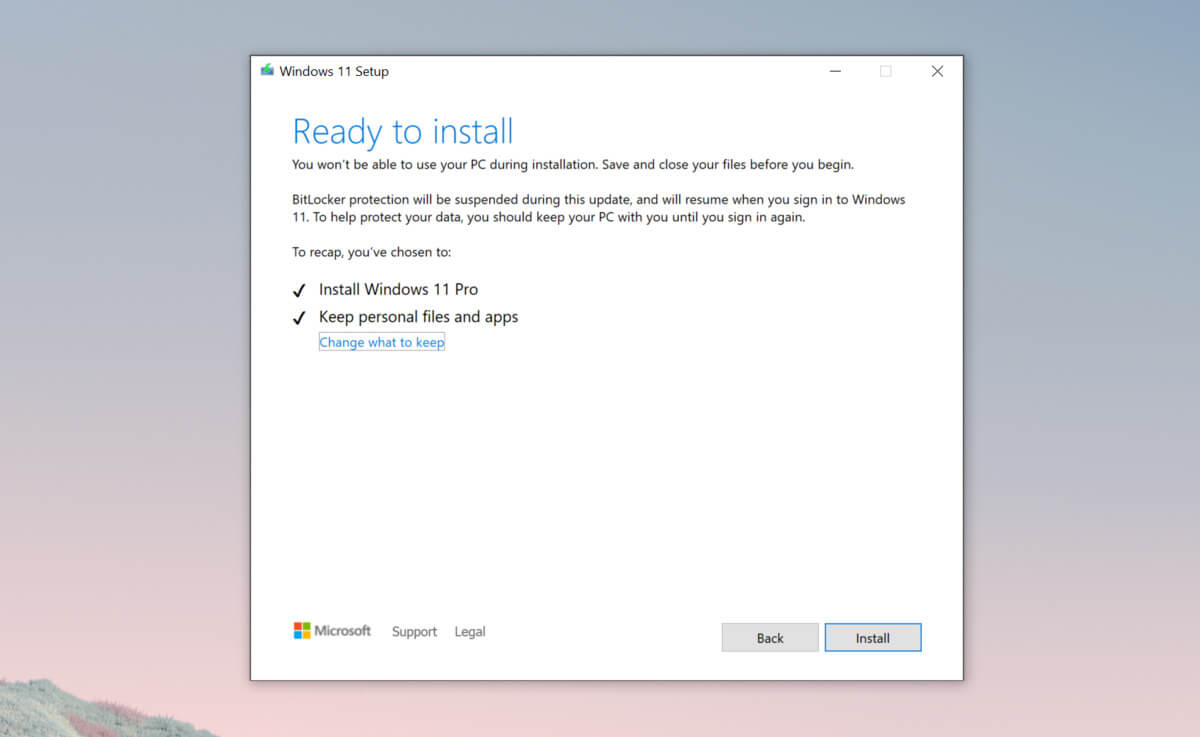Repair EhRecvr.exe Error
EhRecvr.exe Error Code - What is it?
EhRecvr.exe is an executable file located in a subfolder of C:\Windows (usually C:\WINDOWS). An executable file is denoted by the filename extension .exe.
You should only run executable files from the publisher you trust because .exe files are prone to errors. Executable files can potentially change your computer settings and harm your computer. These files can easily get corrupted.
Similarly, when the EhRecvr.exe fails to run on the computer and gets corrupt, you experience an EhRecvr.exe error on your system. This error code may pop up while playing games on the PC or using any other program.
EhRecvr.exe error may be displayed in any one of the following formats:
- “ehRecvr.exe cannot be found."
- “There was a problem starting [path]ehRecvr.exe. The specified module could not be found."
- "Runtime Error. ehRecvr.exe pure virtual function call."
- "This program can't start because ehRecvr.exe is missing from your computer."
- "Unable to launch the software located at path: [path]ehRecvr.exe"
- "This application requires the file ehRecvr.exe, which was not found on this system."
- "ehRecvr.exe is missing."
- "Access Violation File [path]ehRecvr.exe"
Solution
 Error Causes
Error Causes
There are plenty of reasons why this error may occur these include:
- EhRecvr.exe file is mistakenly deleted
- EhRecvr.exe file is corrupted and damaged
- Viral/Malware infection
- Bad registry entries
- Outdated drivers
Though this error code is not fatal but nonetheless it is advisable to fix it immediately because EhRecvr.exe error not just hampers your ability to run and access different programs on your system but it also triggers issues like viral infection and registry problems which if not resolved can put your big at greater risk like system failure, freeze, and crash.
Further Information and Manual Repair
To resolve the EhRecvr.exe error on your system, you don’t have to hire a professional and spend hundreds of dollars in repair. Here are the best and easy DIY methods that you can try to fix this error.
To work around these methods you don’t need to be a technical whiz.
Let’s get started:
Method 1 - Restore EhRecvr.exe from Recycle Bin
In the case of EhRecvr.exe file deletion, it is advisable to
check the recycle bin. Search through the bin for the file. If you find it, then simply restore it, if not then if you have access to the internet, then download it from a trusted website.
Method 2 - Reinstall the Associated Software That Uses EhRecvr.exe File
If you receive this error when you want to use certain software on your PC, then try reinstalling that software again on your PC.
This will be very helpful to obtain the EhRecvr.exe file that is not provided by Microsoft. To re-install, first, uninstall the program. Go to Add/Program in the control panel and find the program and then uninstall it.
Once uninstalled, simply follow the same steps but this time round install the software. This will hopefully help resolve the EhRecvr.exe error code.
Method 3 - Update Drivers for Hardware Devices
Sometimes the error may pop up due to outdated drivers. If this is the cause then the best way to resolve the issue would be to update the driver. Use the wizard within the Device Manager to update the outdated drivers.
Method 4 - Scan for Viruses
Viruses and malware can disguise as executable files. These usually enter your PC through downloads from unreliable websites and phishing emails. In such an event, it is recommended to install a powerful antivirus. Scan your entire PC and remove all viruses to repair the issue.
Method 5 - Clean and Repair the Registry
Another method is to clean and repair the registry. If you don’t clean the registry regularly it may get accumulated with obsolete files and get corrupt. This may generate EhRecvr.exe error codes.
To resolve, simply download Restoro. This is a user-friendly PC Fixer with a powerful registry cleaner. It scans for all registry errors, wipes out all the invalid entries and obsolete files and repairs corrupted DLL and .exe files in minutes.
Click here to download Restoro and resolve the EhRecvr.exe error now!
 Error Causes
Error Causes Bypass TPM with changing installation media
Bypass TPM with changing installation media

